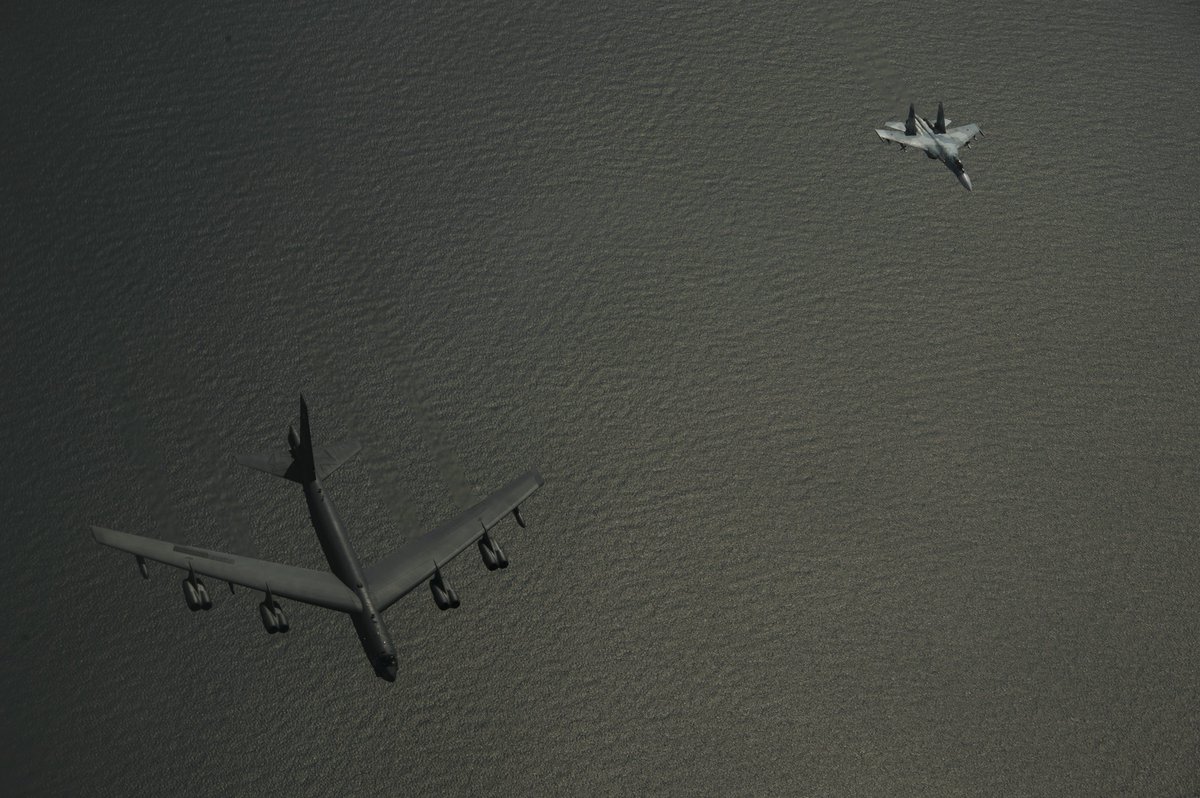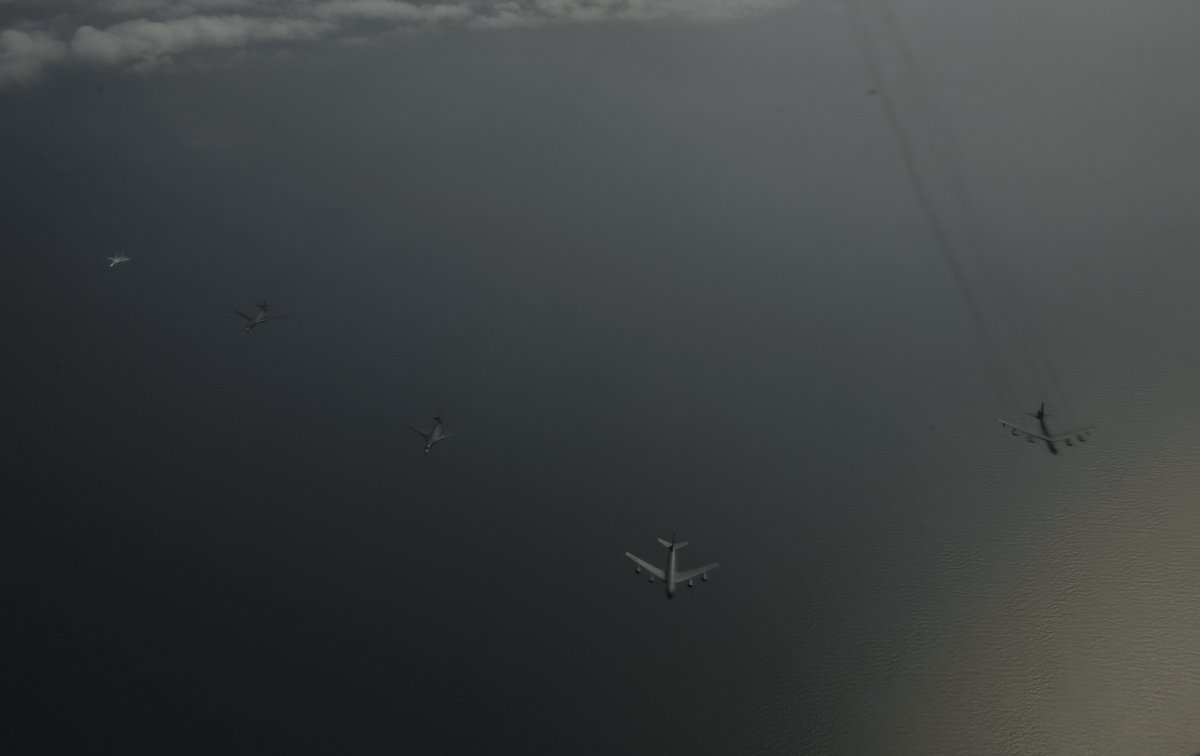The good news: The
will keep flying for at least five more years. The bad news: That may not apply to all of the
283 Warthogs in the fleet.
In a House Armed Services Committee hearing this week, officials said the service is committed to maintaining a minimum of six A-10 combat squadrons through 2030.
Why so few? The Air Force may not have enough money to fund an ongoing wing replacement for a full nine squadrons worth of aircraft.
The head of Air Combat Command, Gen. Mike Holmes, on Friday said in an interview with Defense News that reducing the number of squadrons is a possibility. Holmes “explained that we currently only have funding to replace the wings of 173 A-10s,” ACC spokeswoman Capt. Carrie Volpe told Military.com on Friday.
“Gen. Holmes didn’t confirm that we are indeed retiring three A-10 squadrons,” Volpe said in an email. “The plan for how those wings will be specifically allocated to some or all of the squadrons has not been finalized.”
Volpe stressed the service is aware that the National Defense Authorization Act restricts any A-10s from being divested “until the F-35/A-10 comparative testing is complete and all reports to Congress are delivered.”
The A-10 is a Cold War-era ground-attack plane known for its iconic gun designed to shred tanks and its tough titanium armor designed to take hits and keep flying.
Rep. Martha McSally, R-Ariz., an avid A-10 supporter and former ‘Hog pilot herself, this week questioned — once again — the Air Force’s motives.
“From my view and my experience, if we need that capability until a proven, tested replacement comes along, nine squadrons is the absolute minimum,” she said.
McSally was addressing Lt. Gen. Arnold Bunch, the Air Force’s military deputy for the Office of the Assistant Secretary for Acquisition at the Pentagon, and Lt. Gen. Jerry D. Harris, deputy chief of staff for strategic plans and requirements, at the panel’s hearing on Wednesday.
“So I really would like to know — I think this is the first time you guys have publicly said — although I have a pretty good intel sources with my buds in the A-10 community — but it’s the first time you’ve publicly said that you’re going to go down to six squadrons. I’d really like to know what those planning assumptions are of the six squadrons,” she said.
Bunch and Harris took questions for the record, as the hearing was cut short so members could get to a vote.
But it seems officials once again are struggling to decide the fate of the A-10.
To recap: The service — facing financial pressure driven by spending caps known as sequestration — made multiple attempts in recent years to retire the Warthog to save an estimated $4 billion over five years and to free up maintainers for the
, the stealthy fifth-generation fighter jet designed to replace the A-10 and legacy fighters.
In 2016, then-Defense Secretary Ash Carter announced the A-10 retirement
until 2022 after lawmakers complained that doing so would rid the military of a “valuable and effective” close-air-support aircraft.
However, fiscal 2017 budget request documents showed the Air Force still planned to remove A-10 squadrons in increments between 2018 and 2022 to make room for
squadrons coming online.
McSally and fellow Arizona Republican Sen. John McCain, a former
pilot, fiercely opposed the move, and included language in the bill that would prohibit retirement of the Warthog until the Air Force could prove the F-35 is able to perform similar missions as effectively on the battlefield.
The Air Force’s fiscal 2018 budget request released last month still calls for keeping its fleet of A-10s — which stood at 283 as of Sept. 30 — in service for at least five more years.
The request for the fiscal year beginning Oct. 1 includes modest funding for A-10 modifications in coming years, such as the wing modifications as well as procurement funding to upgrade the A-10 with the
, known as ADS-B Out, and millions in research and development funding to test the ADS-B Out software on the A-10 squadrons through 2022,
.
This work “extends the viability and survivability” of the aircraft, according to an Air Force spokeswoman, Capt. Hope Cronin. “As long as we can continue to fund these fleets, they will be survivable and lethal.”
Cronin added, “This is exactly why we need long-term budget stability and flexibility — no longer reacting to make tradeoff decisions year to year,” she said. “We’re not in the position right now, but we don’t know” what could happen next year.




